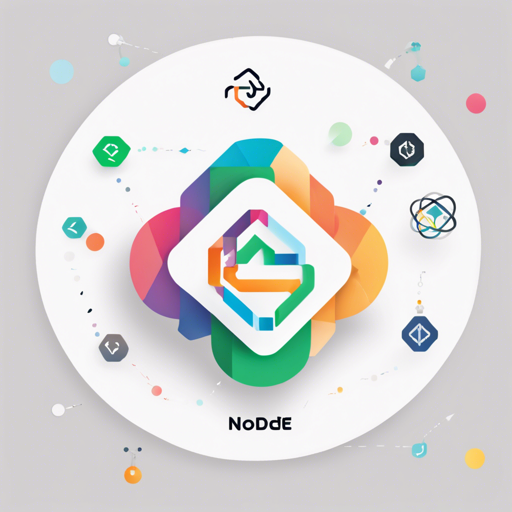In the age of mobile applications, implementing a robust authentication system is paramount. This blog post will guide you through creating a simple authentication app using Node.js for the server and Flutter for the client-side, employing the BLoC (Business Logic Component) pattern with RxDart streams. We will cover functionalities including login, logout, registration, changing passwords, changing avatars, and implementing a forgot password function.
Getting Started
To begin your journey, you will need the following:
- Node.js installed on your server
- Flutter installed on your development machine
- Basic knowledge of Dart and RxDart
- Knowledge of the BLoC pattern for state management
Implementing the Core Functionalities
The core functionalities of our app can be summarized as follows:
- LOGIN: Allow users to log into their accounts.
- LOGOUT: Enable users to securely log out.
- REGISTER: Facilitate new user registrations.
- CHANGE PASSWORD: Allow users to change their passwords.
- CHANGE AVATAR: Let users change their profile pictures.
- FORGOT PASSWORD: Helps users recover their account access.
Understanding the Code Structure
Let’s take an analogy to help visualize how our app functions:
Imagine your application as a restaurant where the server (Node.js) takes orders and serves delicious food (data) to the guests (users). The kitchen (Flutter with BLoC) is responsible for preparing meals efficiently and ensuring that each order is accurately fulfilled. In our scenario, the BLoC pattern acts like a head chef, managing the flow of ingredients (streams) and keeping everything organized, so every guest receives exactly what they ordered (proper data handling).
Integrating Platform-Specific Code
When it comes to empathizing with platform-specific requirements, our project uses the Flutter Method Channel to encrypt and decrypt access tokens using different libraries:
- Android: We utilize the Tink library for encryption
- iOS: We employ the CryptoSwift library for similar purposes
Troubleshooting Common Issues
If you encounter issues while implementing this authentication system, consider the following solutions:
- Ensure that all dependencies are correctly installed and up-to-date.
- Check for any typos in your code, especially in paths and method names.
- Use debug prints to trace your data flow if streams behave unexpectedly.
- Review your platform-specific code for any discrepancies related to the library configurations.
For more insights, updates, or to collaborate on AI development projects, stay connected with fxis.ai.
Conclusion
In this blog post, we explored the essentials of implementing a simple authentication app using Node.js and Flutter with the BLoC pattern and RxDart. With this knowledge, you now have the tools to create a secure and efficient authentication system.
At fxis.ai, we believe that such advancements are crucial for the future of AI, as they enable more comprehensive and effective solutions. Our team is continually exploring new methodologies to push the envelope in artificial intelligence, ensuring that our clients benefit from the latest technological innovations.

